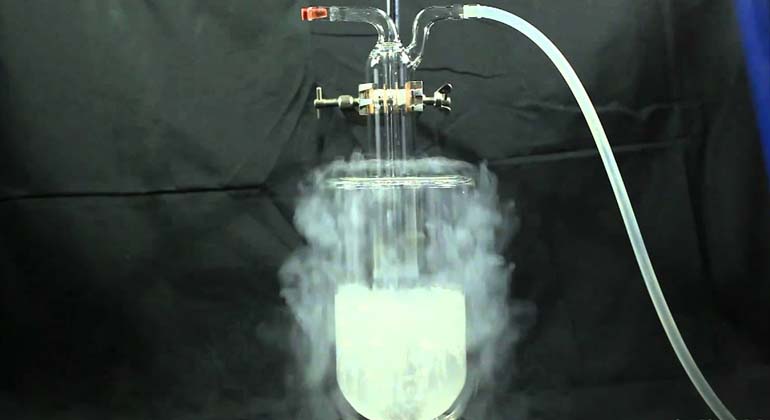
Argon Liquid
Liquid argon is tasteless, colorless, odorless, non-corrosive, nonflammable, and extremely cold. Belonging to the family of rare inert gases, argon is the most plentiful of the rare gases, making up approximately 1% of the earth’s atmosphere. It is monatomic and extremely inert, forming no known chemical compounds. Special materials of construction are not required to prevent corrosion. However, materials of construction must be selected to withstand the low temperature of liquid argon.
Vessels and piping should be designed to American Society of Mechanical Engineers (ASME) specifications or the Department of Transportation (DOT) codes for the pressures and temperatures involved. Although used more commonly in the gaseous state, argon is commonly stored and transported as a liquid, affording a more cost effective way of providing product supply. When argon is converted to liquid form it becomes a cryogenic liquid. Cryogenic liquids are liquefied gases that have a normal boiling point below -238°F (-150°C). Liquid argon has a boiling point of -302.6°F (-185.9°C).
The temperature difference between the product and the surrounding environment, even in winter, is substantial. Keeping this surrounding heat from the product requires special equipment to store and handle cryogenic liquids. A typical system consists of the following components: a cryogenic storage tank, one or more vaporizers, a pressure control system, and all of the piping required for fill, vaporization, and supply. The cryogenic tank is constructed like a vacuum bottle. It is designed to keep heat away from the liquid that is contained in the inner vessel. Vaporizers convert the liquid argon to its gaseous state. A pressure control manifold controls the pressure at which the gas is fed to the process.

